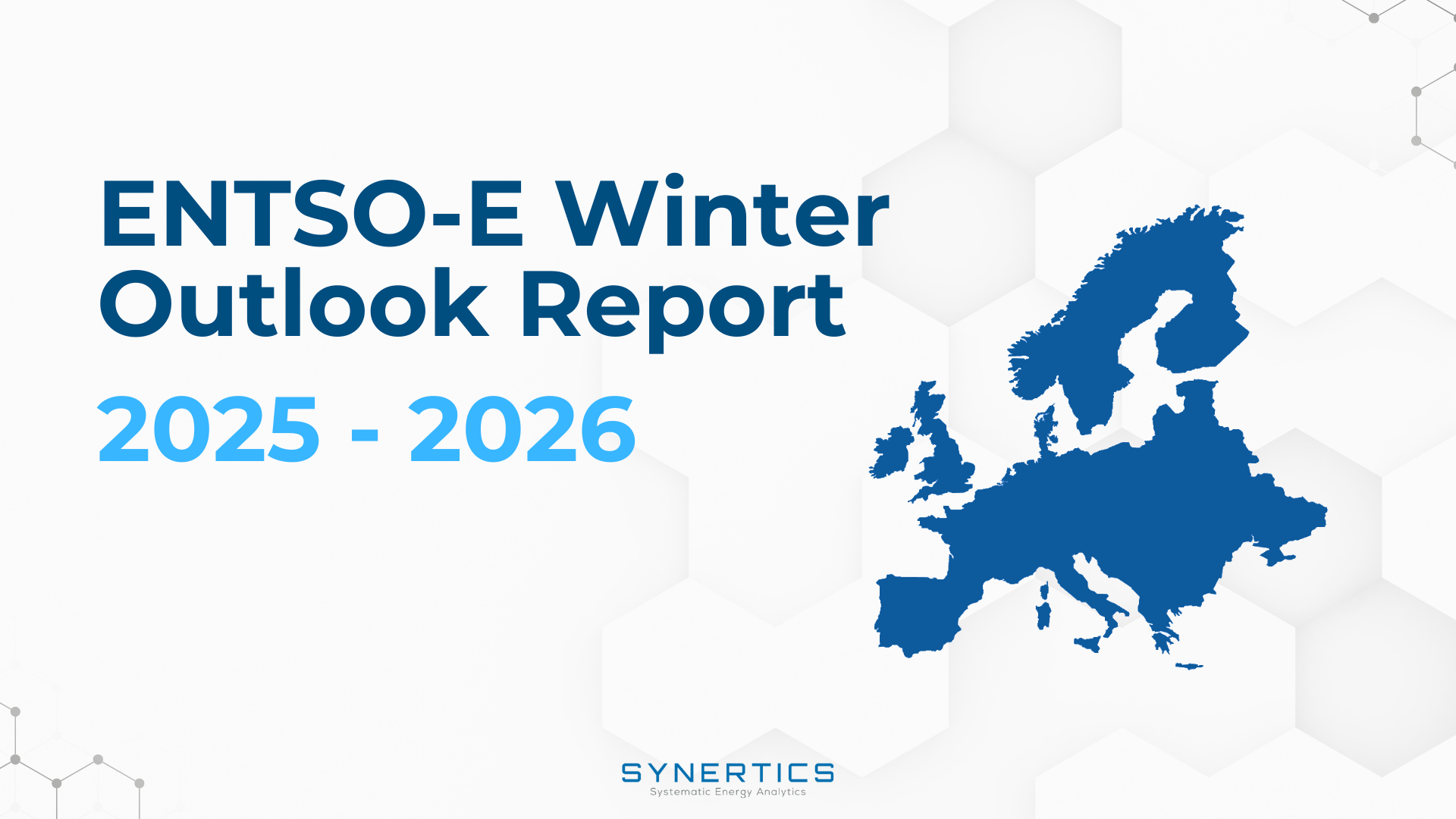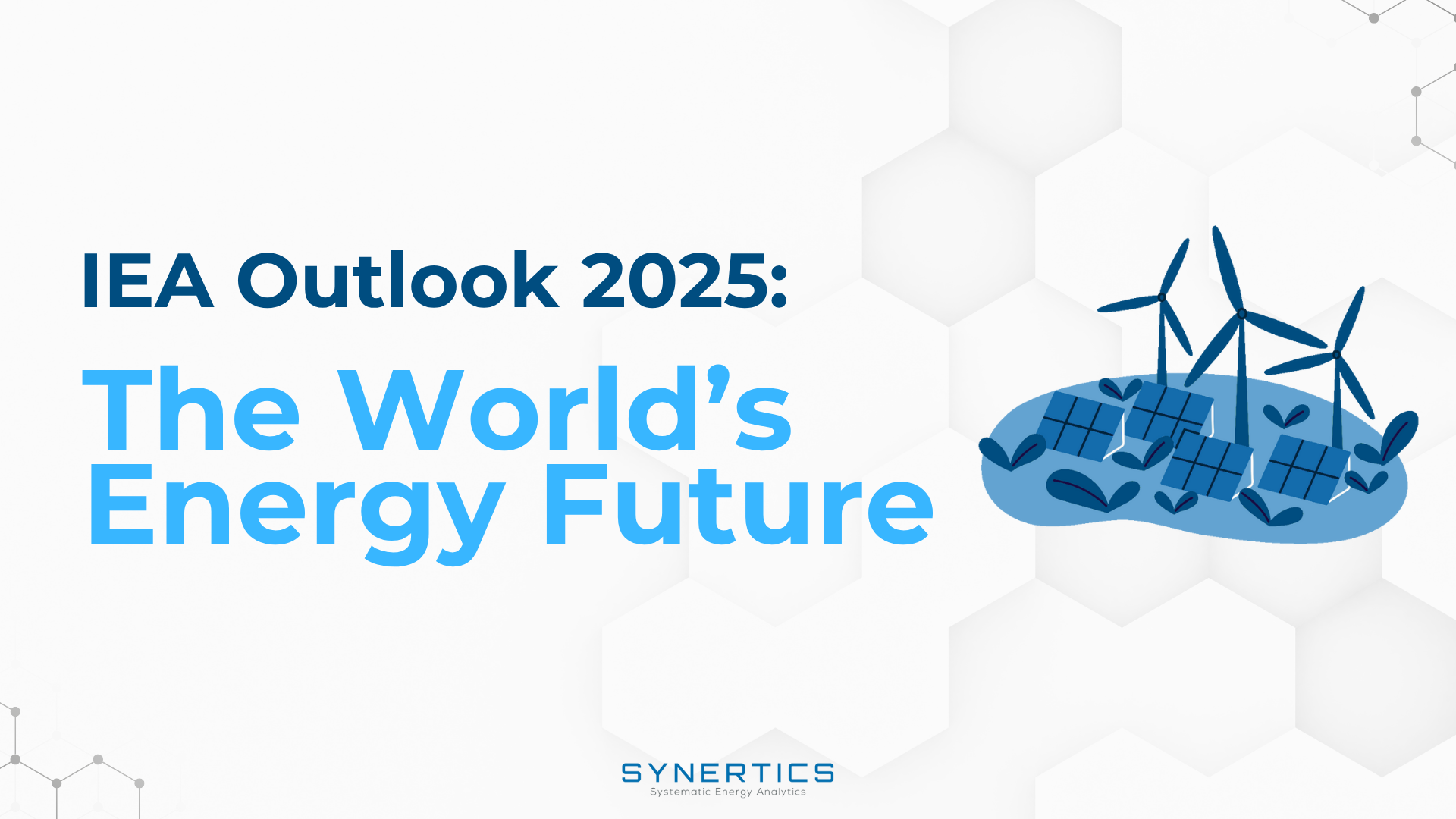Join us on our journey towards renewable energy excellence, where knowledge meets innovation.
Credit risk is a key component when designing contracts for renewable energy markets.

In the search for a better understanding of credit risks surrounding the PPA market, this series will look into Expected Loss. Each part of the series will focus on 1 of the 3 factors that influence it, in this case, we will dive deeper into the Exposure at Default.
"Expected loss is not, as such, a calculation of risk, but it is rather a forecast of usual losses." - Moody's Analytics
EL multiplies the chance of default by what is lost in the case of default and the exposure at the default. It varies over time and it's driven by 3 main factors:
Expected Loss = Probability of Default x Loss Given Default x Exposure at Default
For now, let's focus on the Exposure at Default.
In the context of PPAs, it refers to the predicted amount of money that's at risk in case of a default by either a generator or an offtaker.
The calculation of EAD for a PPA depends on several factors, such as:
Worth noting: The longer the term of the contract and the higher the price of electricity, the higher the EAD.
RR can be seen as the difference between the value for the undelivered volumes under the current market prices and the price settled under the PPA.
Depending on the movement of the prices after the execution of the PPA, either the buyer or the seller may be exposed to RR.
RR is therefore the loss experienced by the impacted party while engaging in a replacement transaction at market rates.


Offtaker A has a Replacement Loss of 3 €/MWh


Generator A has a Replacement Loss of 4 €/MWh
By using the following risk mitigation strategies, the developer can minimize the risk of default and improve the bankability of the renewable energy project.
This includes assessing the counterparty's credit history, financial strength, and other relevant factors that could impact their ability to make timely payments under the agreement.
Allowing the developer to terminate the agreement if the counterparty defaults on their payment obligations. This clause should include provisions for liquidated damages, which is a predetermined amount that the counterparty must pay in the event of default.
Requiring collateral could include a letter of credit, a performance bond, or a cash reserve that the counterparty must deposit as security against non-payment.
That allocate risks and rewards between the two parties. For example, the PPA could include a pricing mechanism that adjusts the price of the energy based on the counterparty's credit rating.
The generator can purchase insurance to mitigate the risk of default. For example, credit insurance can protect against the counterparty's inability to pay, and political risk insurance can protect against political events that could impact the counterparty's ability to make payments.
Synertics provides advisory services and develops digital data-driven solutions for the energy industry with the purpose of driving productivity and transferring knowledge.

Insights
2nd Dec, 2025

Insights
19th Nov, 2025

Insights
3rd Nov, 2025